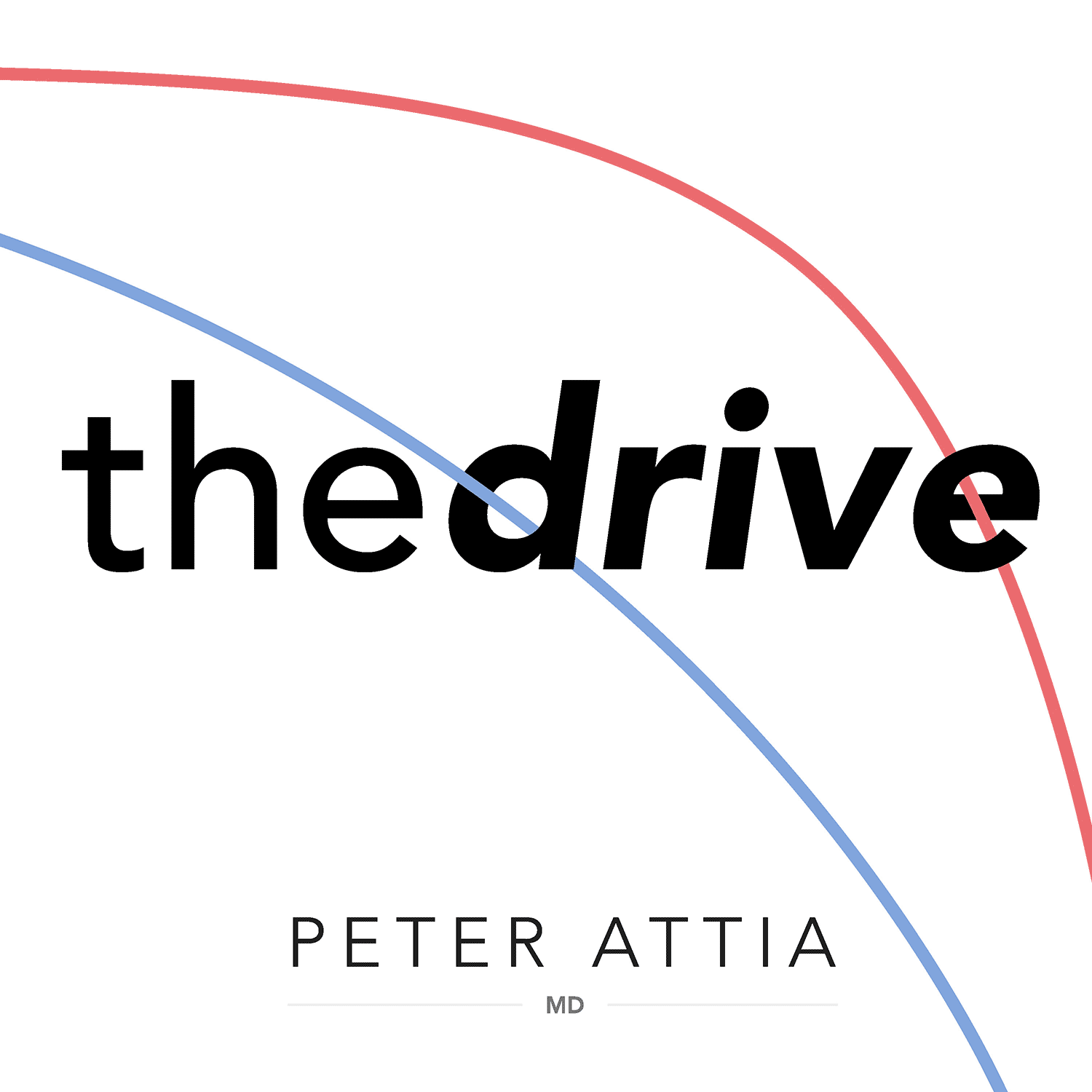#305 ‒ Heart rate variability: how to measure, interpret, and utilize HRV for training and health optimization | Joel Jamieson
Podcast: The Peter Attia DrivePublished On: Mon Jun 10 2024
Description: View the Show Notes Page for This Episode Become a Member to Receive Exclusive Content Sign Up to Receive Peter’s Weekly Newsletter Joel Jamieson is a conditioning expert who developed Morpheus to give people a smarter way to build their conditioning regimen and improve their recovery. In this episode, Joel dives deep into the world of heart rate variability (HRV), explaining its scientific foundation, how it measures the balance between the sympathetic and parasympathetic nervous systems, the various methods of measurement, and how it can guide healthier lifestyle choices and improved training performance. He explores the nuances of HRV calculation, the impact of aging on HRV, and the roles of genetics, exercise, and other lifestyle factors in this process. He also covers Morpheus, the innovative training tool that won Peter over after his initial skepticism, highlighting its practicality and effectiveness in guiding training and optimizing fitness outcomes. We discuss: Heart rate variability (HRV): evolution, science, and practical applications of HRV in athletic training [4:00]; Methods of measuring HRV: EKG, wrist-based sensors, and more [11:30]; How HRV is calculated from the data [22:30]; The role of the autonomic nervous system (ANS) in regulating HRV [25:45]; The decline in HRV with age, and the mitigating effects of fitness and other lifestyle factors [33:30]; The role of genetics in HRV, the modifiability of HRV, and a comparison of VO2 max and HRV as predictors of mortality [37:00]; How aging affects HRV and sympathetic drive, and the importance of spontaneous movement and exercise in maintaining the body's adaptability [43:30]; How Morpheus measures HRV using RMSSD and normalizes it to a 100-point scale for easier interpretation [49:45]; The Morpheus system: development, integration with various metrics, and personalized daily training recommendations to optimize fitness and recovery [51:30]; The benefits of morning HRV readings for assessing daily readiness compared to overnight HRV measurements [1:03:00]; Why Morpheus recommends using a chest strap rather than an arm band [1:10:00]; The impact of consistent exercise, stress, alcohol, and other lifestyle factors on HRV [1:11:15]; Optimizing zone 2 training with Morpheus [1:18:15]; Using heart rate recovery (HRR) as an indicator of athletic conditioning and the balance between aerobic and anaerobic systems [1:22:45]; The importance of tracking HRV trends over time rather than focusing on data from a given day [1:29:00]; Effect of GLP-1 agonists on heart rate and HRV [1:34:45]; Where HRV belongs in the hierarchy of health metrics [1:42:00]; Parting thoughts [1:46:30]; and More. Connect With Peter on Twitter, Instagram, Facebook and YouTube
The note was deleted
The note was saved
Your message was sent
